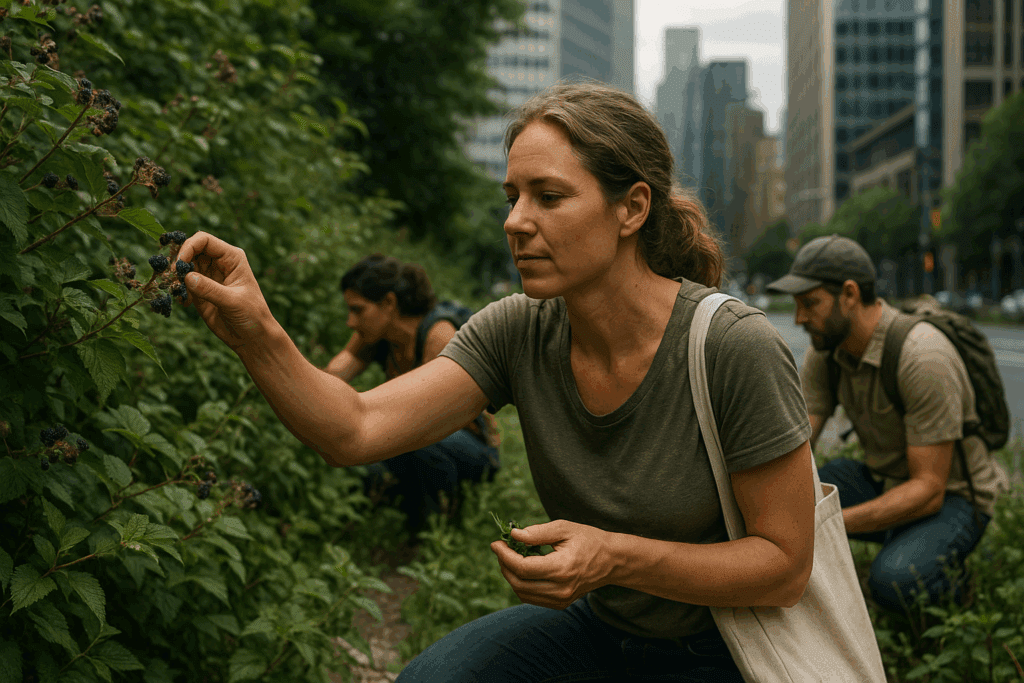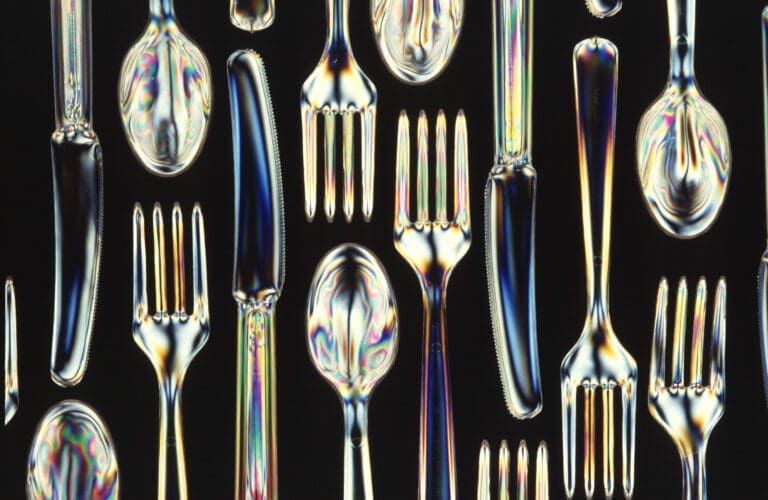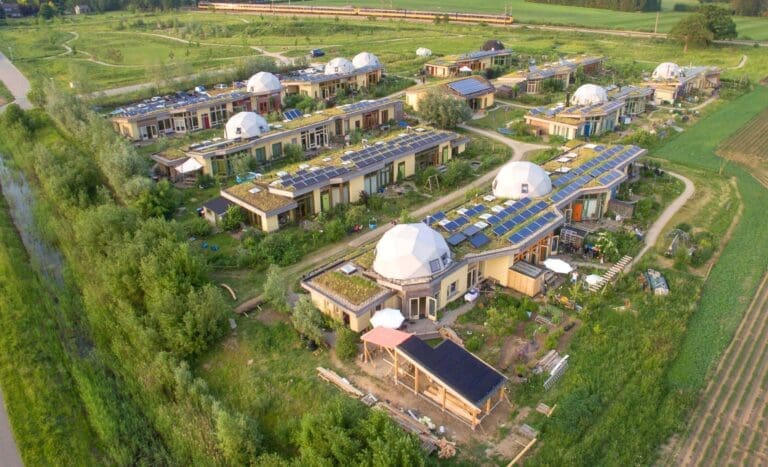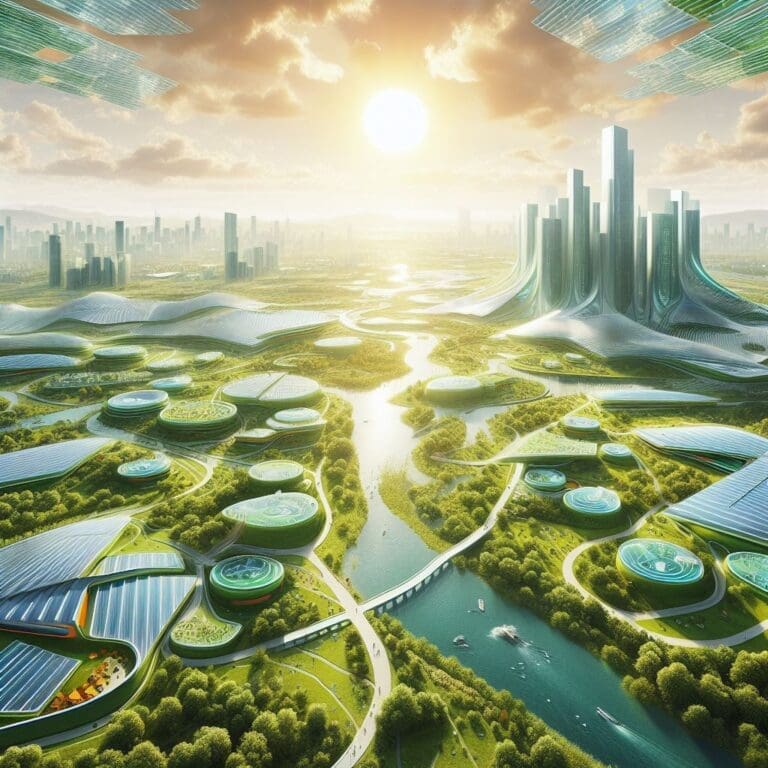Foraging, also called “wildcrafting” is the act of searching for and harvesting wild food resources. Traditionally, it included gathering edible plants, fungi, fruits, nuts, and shellfish from natural habitats. For thousands of years, foraging was the cornerstone of human survival before the advent of agriculture. Today, it persists both as a means of connection to nature and a sustainable food practice.[1]
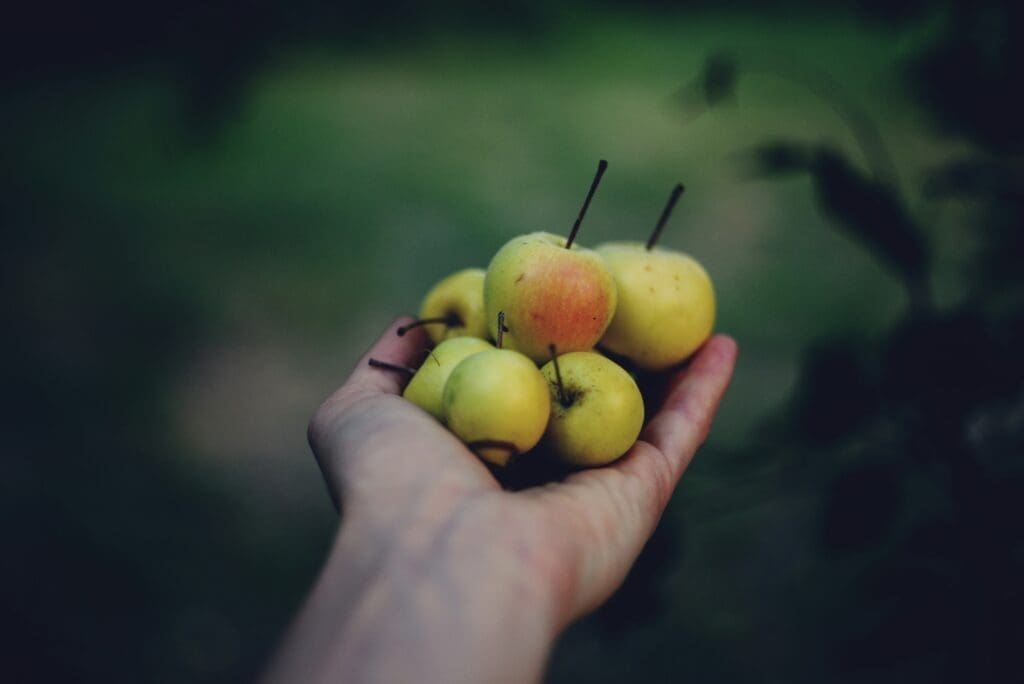
Foraging: From Prehistory to Present
Foraging dates back at least 2.5 million years, as evidenced by archaeological findings such as stone tools and plant residue analysis.[2] Early humans subsisted as hunter-gatherers until the Agricultural Revolution around 10,000 years ago.[3] Despite the rise of farming, indigenous cultures worldwide maintained intricate foraging systems, passing knowledge across generations.
In modern times, the “back to the land” movements of the 1960s reignited interest in foraging among urban dwellers. Key pioneers like Euell Gibbons popularized wild foods with books like “Stalking the Wild Asparagus” (1962), making foraging accessible to the public.[4]
During the 2010s, online communities like Wild Food UK and the Falling Fruit database emerged, making it easier for people to share foraging knowledge and locations.[5][6] In 2020, foraging experiences surged as more people turned to outdoor recreation during the pandemic. By 2025, foraging has become an important part of urban farming and communities.

Why Forage?
Today, people forage for various reasons. From a sustainability standpoint, wild foods often require no additional water, fertilizers, or pesticides, aligning with eco-friendly practices. Nutritionally, wild plants like nettles and purslane boast higher vitamin and mineral content than many cultivated vegetables. Economically, foraging offers a low-cost food source, reducing dependence on industrial agriculture. Finally, culturally and recreationally, foraging connects people with local landscapes and traditional knowledge, fostering a deep sense of place.
In the Solarpunk movement, which envisions a sustainable future with integrated ecological practices, foraging is seen as an important part of localized food systems and community resilience.
Techniques and Best Practices
Foraging requires knowledge, preparation, and respect for ecosystems:
- Identification Skills: Properly distinguishing edible species from toxic lookalikes is vital. Tools like the iNaturalist app or regional guidebooks assist in correct identification[7]
- Ethical Harvesting: Foragers follow the “Rule of Thirds”: take no more than one-third of any patch to allow regrowth
- Seasonal Awareness: Different plants and fungi peak at different times. Spring is ideal for wild greens; fall brings a bounty of nuts and mushrooms
- Legal Considerations: Laws vary; foragers must seek permission when gathering on private lands and comply with local regulations in parks and public lands

First Pioneers in Modern Foraging
Aside from Euell Gibbons, other notable figures include Samuel Thayer, who blends personal anecdotes with botanical precision. Pascal Baudar, a wild food educator in Southern California, is another influential figure, advocating for “wildcrafted” fermentation and local food sovereignty. Their work laid the foundation for the foraging renaissance we see today.
Products, Markets, and Customers
Foraged products include wild mushrooms such as chanterelles and morels, wild greens like ramps and fiddleheads, berries such as huckleberries and elderberries, and medicinal plants like chaga and ginseng. Markets for these products include farmers’ markets, specialty food stores, and direct-to-chef sales. Chefs at high-end restaurants, especially those emphasizing terroir and seasonality, are prime customers.
Modern foraging has grown into a multimillion-dollar industry. The global wild mushroom market alone was valued at USD 7.4 billion in 2023.[8]. Restaurants sourcing wild ingredients saw a 22% rise in customer interest from 2018 to 2023.[9]. Urban foraging programs in cities like New York, London or Berlin report thousands of participants annually, showing significant public engagement. Foraging tourism has also boomed, with guided foraging tours offered across North America and Europe.
High-End Foraging Restaurants
- Nobelhart & Schmutzig in Berlin-Kreuzberg is a Michelin-starred restaurant that offers a boldly “brutally local” tasting menu, using only ingredients sourced from the Berlin-Brandenburg region. The experience centers around communal counter seating facing an open kitchen, fostering direct interaction with the team. It pairs minimalist design with social intimacy for a dining experience that’s both avant-garde and grounded in place.
- Noma (Copenhagen, Denmark): Frequently raed among the best restaurants in the world, Noma has been a trailblazer in redefining modern gastronomy through its pioneering of “New Nordic” cuisine. The restaurant emphasizes hyper-seasonal ingredients, wild foraging, and fermentation, often showcasing unexpected elements from the Nordic landscape such as moss, ants, and sea buckthorn. With an ever-evolving, research-driven approach, Noma has not only transformed the global perception of Scandinavian food but has also inspired a generation of chefs to focus on locality, sustainability, and culinary innovation.
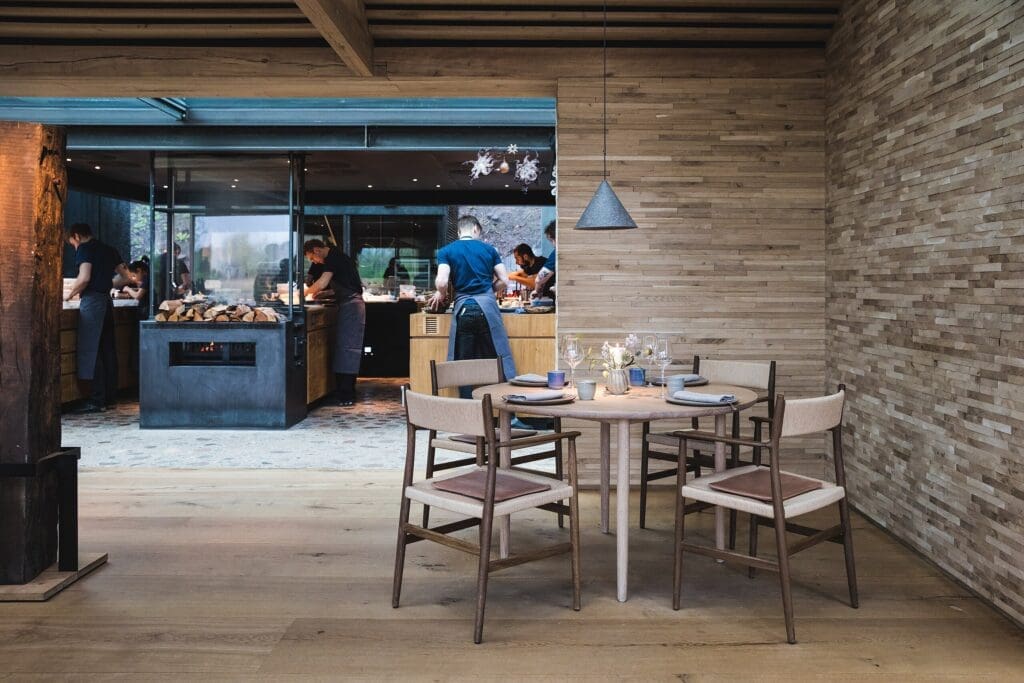
The paradoxical extremes of foraging—as both a source of luxury cuisine with meals priced in the upper hundreds of US dollars or euros, and a means of daily survival—reveal the deep contradictions that shape its contemporary significance and historical evolution.
Foraging in the Wake of Solarpunk
Today, foraging aligns with Solarpunk’s vision of regenerative living. Rooftop gardens incorporate wild edibles. Community “food forests” provide free, sustainable access to foraged goods. Educational efforts demystify wild foods for urban and suburban populations. The resurgence of localism, eco-ethics, and decentralized food systems embeds foraging deeply into future-forward lifestyles.
Top 5 Foraging Regions and Locations
- Pacific Northwest, USA: Rich in mushrooms, berries, and seaweed

- Scotland, UK: Abundant in wild herbs, berries, and coastal edibles
- Quebec, Canada: Forests teeming with edible greens, maple products, and mushrooms
- Berlin, Germany: Urban parks like Tempelhofer Feld (former airfield) and forests such as Grunewald offer a surprising bounty of herbs, berries, nuts, and mushrooms. Local initiatives like Edible Alchemy promote city foraging

- New England, USA: Diverse ecosystems provide everything from coastal edibles to forest mushrooms
Top 5 Communities for Foraging
- Falling Fruit: A global collaborative map for urban foraging
- Wild Food UK: Courses and online resources for British foragers
- Forager’s Harvest Community: Samuel Thayer’s educational and communal network
- Edible Alchemy: A Berlin-based community offering wild food fermentation classes and foraging workshops
- Berliner Wildkräuter: Offers herb walks and foraging education tailored to Berlin’s urban wild spaces
Summary
Foraging, once a means of survival, has transformed into a lifestyle choice that promotes sustainability, resilience, and a reconnection with the natural world. Driven by passionate pioneers, embraced by innovative chefs, and revitalized by Solarpunk ideals, foraging is poised to remain a vital, thriving part of our ecological future.
Sources:
[1] https://en.wikipedia.org/wiki/Wildcrafting
[2] https://www.earth.com/news/early-humans-stone-tools/
[3] https://en.wikipedia.org/wiki/Hunter-gatherer/
[4] https://en.wikipedia.org/wiki/Euell_Gibbons
[5] https://wildfooduk.com/
[6] https://www.fallingfruit.org/
[7] https://iNaturalist.org/
[8] https://www.grandviewresearch.com/industry-analysis/wild-mushroom-market
[9] https://www.datassential.com/food-trends/foraging-trend

